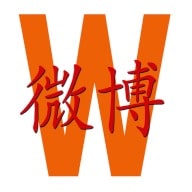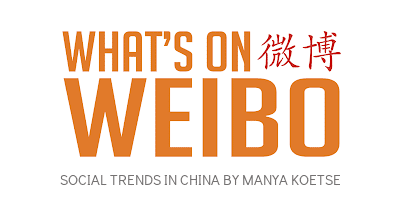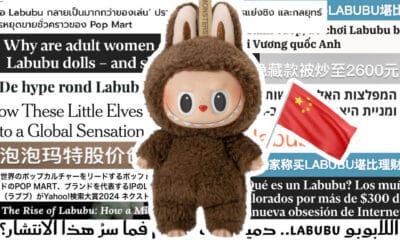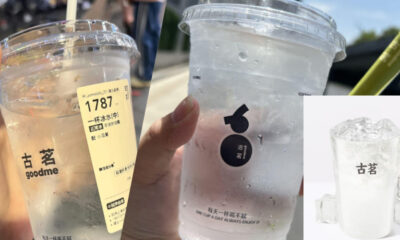ARCHIVE: PREMIUM CONTENT
In China, the motherland of tea, coffee is rapidly gaining in popularity. China’s booming coffee culture is also visible on social media, where coffee companies and netizens collectively discuss and share pictures of their perfect brew. Although the market still faces some cultural and societal hurdles, China is waking up and smelling the coffee.
Whether you are a fan of the beverage or not, it is hard to argue against the fact that the majority of the world is starting to love coffee. Every day millions of people gulp down a cup before running to the office, warm their hands on a hot mug during the chilly winter months, and, now more than ever, photograph, blog and filter their cafe experience until it is primed for the rest of the world to see. Even in the United Kingdom, one of the world’s most prolific tea-drinking nations, coffeehouses far outnumber traditional tea rooms. However in China, the motherland of tea-consumption, coffee is still sprouting as a relatively new and foreign luxury.
“Starbucks and Costa are selling the ‘coffee experience’ to Chinese audiences.”
Despite China’s long history of tea-drinking, the presence of international coffee chains such as Starbucks and Costa is increasing year on year. The American coffee company Starbucks opened its first China branch in Beijing in 1999. Google maps now lists 35 branches of Starbucks in central Shanghai alone, and even more remote Chinese cities such as Urumqi in Xinjiang province are home to three of the chain’s stores. Starbucks has over 1700 stores in 90 Chinese cities, and plans to expand to 3000 stores by 2019. British coffeehouse Costa has 344 branches in China, and is arranging to have opened a total of 900 stores by 2020.

Large international coffee chains such as Costa and Starbucks have adapted their menus to China’s tastes. This, for example, means that coffee is often served at a warm rather than scalding temperature. They also sell products that are specifically appealing to Chinese consumers, such as green tea-flavoured latte or red bean scones.
The design and operations of the cafes are almost indistinguishable from US and European branches. Internationally famous coffeehouses such as Costa and Starbucks sell the ‘coffee experience’ to Chinese audiences, without the need for too much re-packaging.
“What you buy in a Korean cafe isn’t coffee, it’s the film-like romance.”
The growing popularity of coffee in Chinese society is also reflected in social media. Starbucks has attracted a large social media following in China. The chain has acquired the loving nickname “Papa Star” (星爸爸) on Sina Weibo. On the official Weibo page of Starbucks Xiamen, the moniker was recently used in a marketing post for the chain’s new spring line: “We invite you to get your friends together and come and get to know Papa Star!”
Aside from American and European branches, South Korean chains have also become big players in China’s coffee market. Names such as Cafe Bene, Maan Coffee and Tous les Jours are becoming a staple in China’s shopping districts. South Korean brands, in particular, boast a unique and whimsical style of interior decoration unlike that of Western chains. Usual hallmarks include large, comfortable chairs, bookshelves lined with reading material, and indoor trees. This style is even replicated in domestic independent cafes.
The booming market for South Korean chains largely stems from the success of Korean pop culture in China. Fans of Korean music, film and television seek to recreate the glamour of Seoul by visiting the same chains as their idols, as well as replicating the supposed Seoul lifestyle, almost to the point of ‘Korean’ becoming synonymous with modernity and luxury. As one netizen writes on Weibo: “What you buy in a Korean cafe isn’t coffee, it’s the film-like romance.”

US, UK and Korean coffeehouses have succeeded in making coffee ‘cool’ in China. Netizens on Weibo collectively post pictures of their cup of coffee or of themselves sipping it. The coffee brand is often visible, together with a fashionable smartphone or expensive shopping bag- turning ‘coffee drinking’ in a symbol of a trendy lifestyle.
“Hefei is full of cafes, yet 80 per cent of the city’s population is made up of rural villagers who have just stepped foot inside the city – here lies your problem.”
Despite the success of foreign coffee chains, China is not shying away from home-grown coffee brands. Anhui province in Eastern China is home to numerous branches of Habitat Coffee (栖巢咖啡), a company that offers the comforts of Korean coffee chains but with a menu and playlist more suited to Chinese consumers.
Other brands closer to home have not fared so well in the past. A recent Weibo post by user ‘Coffee and Book‘ discussed the closure of one of the Hong Kong Pacific Coffee chain stores: “Pacific Coffee, known as Hong Kong’s best-tasting coffee, has fallen under Starbucks’s shadow, and up until now hasn’t enjoyed much success in Hefei city.”
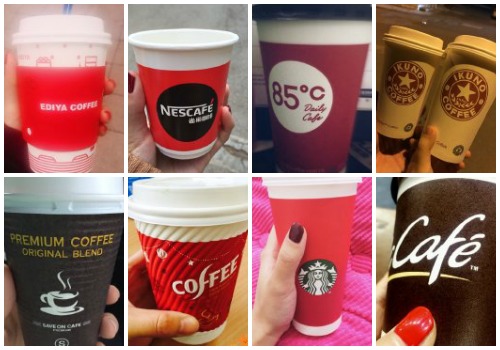
One of the reasons China’s coffee market is still budding is the prevalence of cafes in urban cities in comparison to their absence in rural areas of China. Location and subsequent exposure to international brands and flavors affect the tastes and preferences of people within the Chinese coffee market. Many people from China’s rural areas are simply still unfamiliar with coffee. In response to Pacific Coffee’s poor performance in Hefei, one netizen writes: “Hefei is full of cafes, yet 80 percent of the city’s population is made up of rural villagers who have just stepped foot inside the city…here lies your problem.”
“The price of a single cup of coffee in China is equal to a month’s worth of home broadband internet.”
A long history of tea-drinking may not be the only obstacle for coffeehouses longing for popularity in China. With the average prices ranging between 18 and 40RMB (±3-6US$), the price of a single cup of coffee in China is equal to an entire takeout meal or a month’s worth of home broadband internet – a price many can seldom afford to fit into their daily routines.
Aside from the price of the coffee itself, branded products such as flasks, mugs and cups are all heavily marketed online and on social media, further promoting the luxurious and expensive lifestyle that comes hand in hand with visiting the stores.
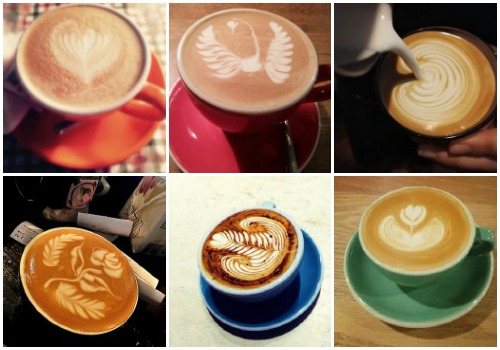
Despite cultural and societal hurdles, further growth of China’s coffee culture is unstoppable. It is expected that competition for the nation’s top spot between brands and individual establishments will only become more fierce and multi-faceted. With some chains opting for high prices, others appealing to local tastes and domestic salaries, and a growing desire for a more authentic experience involving traditional brewing, the challenge for brands is to decide which road they will take in their quest to win over the Chinese market.
By Cat Hanson
©2015 Whatsonweibo. All rights reserved. Do not reproduce our content without permission – you can contact us at info@whatsonweibo.com.
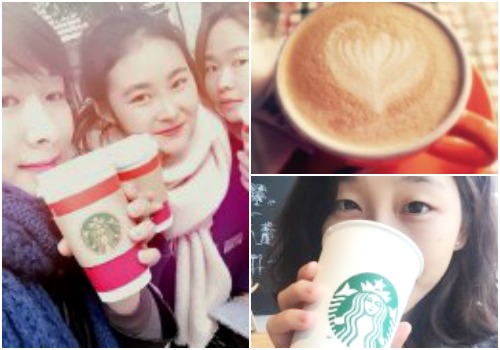

 China Media11 months ago
China Media11 months ago
 China Society9 months ago
China Society9 months ago
 China Memes & Viral12 months ago
China Memes & Viral12 months ago
 China Society12 months ago
China Society12 months ago